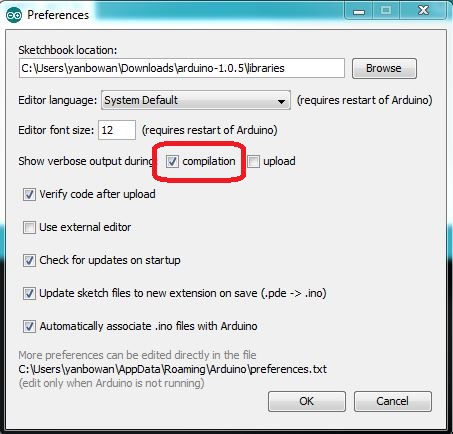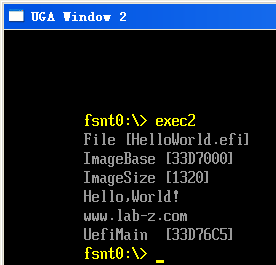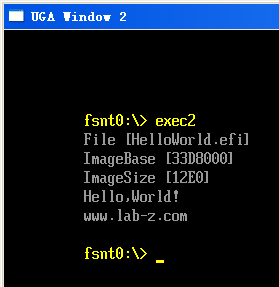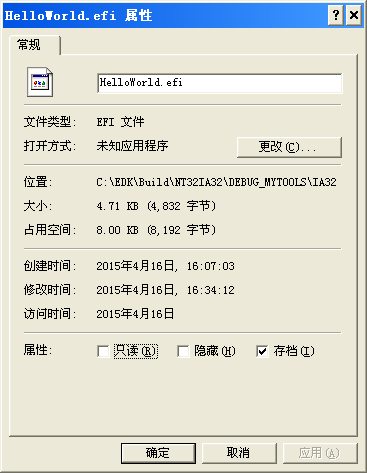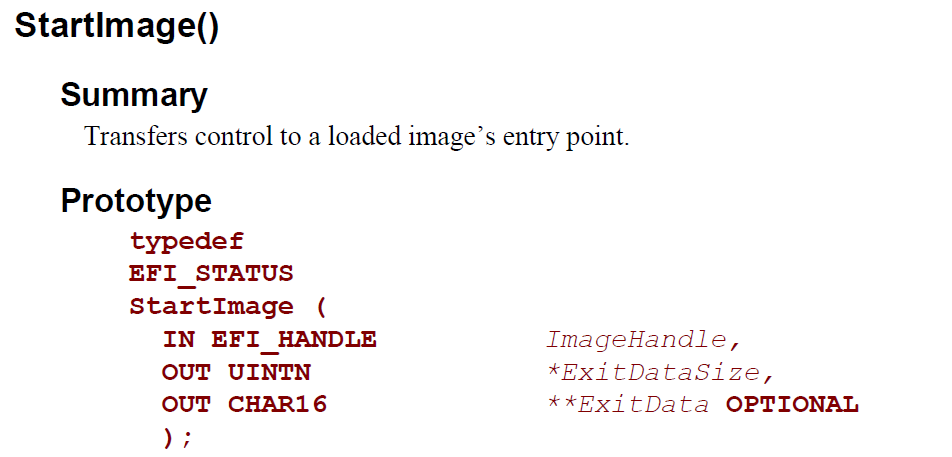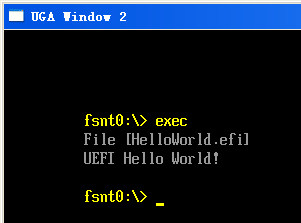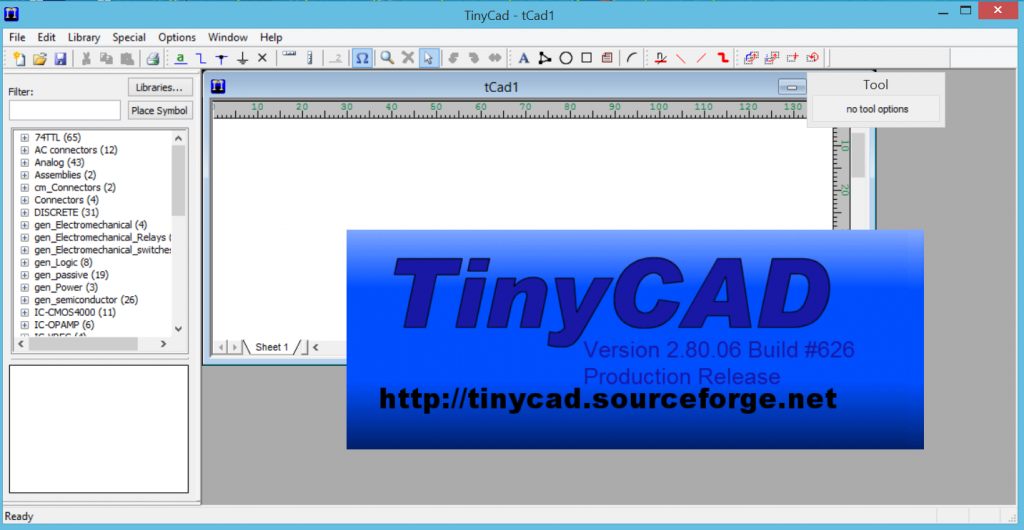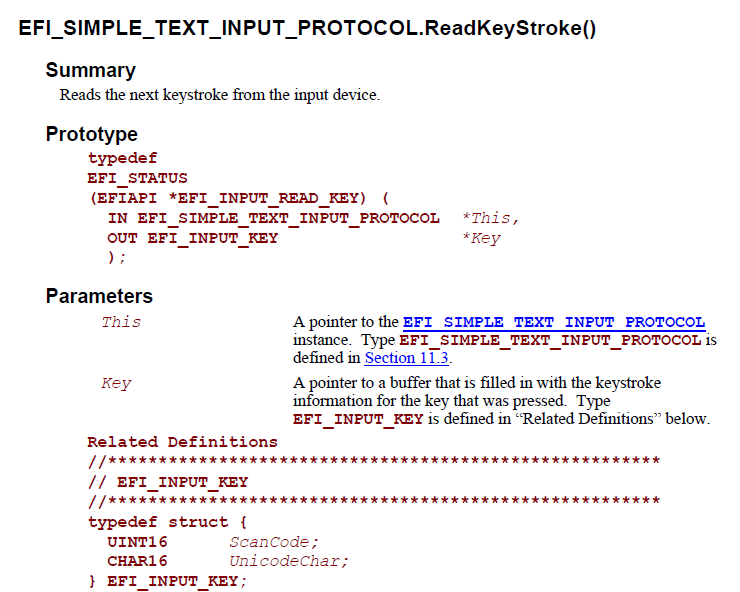本文有更新,请参考 拆了攀登 G1 PM 2.5 传感器 《拆了攀登 G1 PM 2.5 传感器》
最近帮朋友做东西,他要求测试当前环境PM2.5。我首先拿出了珍藏许久的神荣模块。记得当时是90多入手的,当初Taobao上也没几个卖这个模块的,90多是最低价格了。写这篇文章的时候顺手查了一下目前的价格,已经降到了60多,卖家也不少了。很可能是目前出货量大,整体价格都降低下来了。我发现除了线材或者连接器,几乎所有的电子模块都有这样的问题。比方说:MPU6050模块,刚出来的时候居然要五六十,现在只要五六元。
先说一下神荣模块,问题多多,首先是根据他的SPEC,要求连续采集30秒,采集的时候基本上什么也不能做,否则会严重影响精度;另外,他每次计算的数值偏差很大,委婉一点的说法是:能够精确反应当前空气颗粒趋势……对于采集偏差,有资料说可能是因为他是采用发热电阻加热空气来实现流动的,而这样的方式不能确保空气的流通速度,所以结果不是很准确。个人观点:如果你的传感器上没有风扇换气,都是靠不住的。
后来,看到论坛上有人推荐攀藤模块,我在上网考察了一下,感觉上微创联合【参考1】这家很专业,但是不知道为什么他邮费报价很高(25?);最后我在树莓派一号店【参考2】这家买的,155+5元邮费,型号是G1。
简单说一下型号,有 G1 G2 G3,这几个主要差别在于外形尺寸。另外,G1可以输出最近一段测试到的单位个数。
外壳上有一层蓝膜,撕下之后能露出金属外壳(有朋友看照片说这个模块很老,那是因为我照相技术的原因,这个模块应该是2014年10月之后才有的):
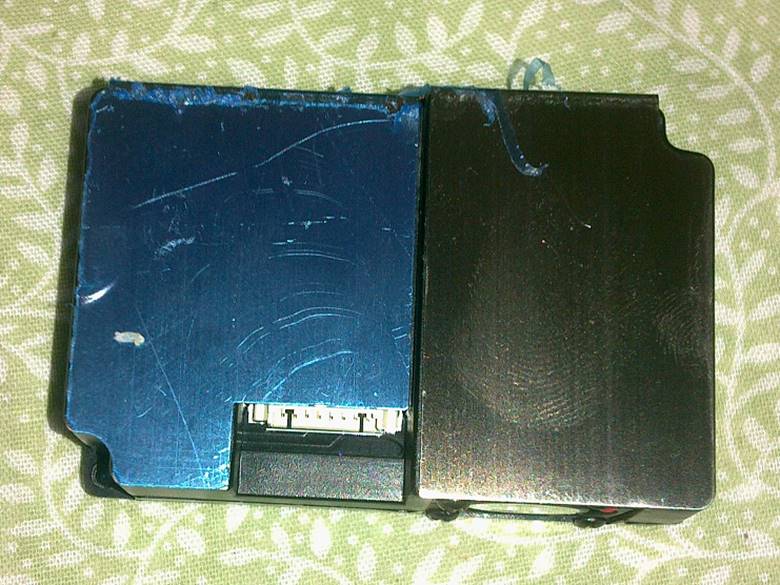
可以看到,上面带有一个风扇进行空气交换的。

引脚介绍【参考3】。特别注意,似乎他们他们家的模块G1 G3引脚顺序上有差别?根据你手上的实物进行选择

入手之后就开始实验,连接上最小只需要三根线即可让他工作,分别是VCC (Pin1) GND(Pin2)和TXD(Pin5)。我直接将这个模块和蓝牙透传模块连接起来(9600),PC串口即可获得数据非常方便。
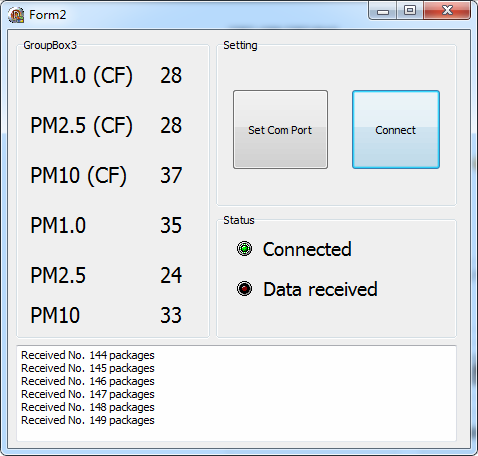
因为手头没有能够进行对照测试的仪器,只是简单测试了一下:我用手堵住进气口,过一段PM2.5值会变为0. 可以看一下工作的视频:
http://www.tudou.com/programs/view/xexkePsAd_c/?resourceId=0_06_02_99
上述代码下载
PM2.5Fix
编译器是 Delphi 2010 + CPort VCL
上面说的都是优点,下面说点缺点,貌似我更喜欢负结果?
1. 可能是因为上面有电机的缘故,所以对于电流要求比较高。产品手册说最大电流为 120ma,官网说最大是200ma,实际启动时非常有可能比这个更大,我试图使用万用表测量,无法让其工作未果。因此,如果给Arduino使用,一定不能用Arduino取电,否则有不可预料的后果;我的解决方法是:USB充电宝先是接到一个 USB母头上取电,然后下来的电给G1,蓝牙供电,再直接进入Arduino Pro Micro的VCC;
2. 接口设计上有问题,我买到的那个接口不是很牢固,经常出现串口取不到数据反查一路才发现接口松动,如果能选用更粗大的排插效果会更好;
3. 整体上没有指示灯,无法判断当前工作状态。对于我来说出现问题时首先要把手放在模块上看看是否有震动来判断是否工作;、
4. 只在两个角落预留螺丝孔,如果整体多几个孔位,使用上会更方便;孔径应该是 M2,我手上的M2螺丝太短,没有办法插进去。
5. 手册提供的数据格式似乎有问题,刚开始我看的是卖家介绍网页,以为是卖家搞错了,后来翻了一下手册,手册也是这样写的:

我实际获得的数据是这样的,每一笔串口数据以“BM” 开头,后面是数据,我实验发现 PM1.0 = Data[4]+(Data[5] shl 8) 才是正确值。如果用 (Data[4] shl 8) + (Data[5]) 计算结果明显不正确。【这个问题是Delphi数组下标从1开始导致的,如果你使用VC即可follow spec】刚开始实验我根据手册写成后面的这种形式,结果7000多,疑似身在帝都了;后来琢磨一下写成前面这种,结果为 32 (室内),感觉才正确;
6. 如同文章开头所说,和其他相比价格还是偏贵;
7. 资料偏少,没有官方资料【参考4】缺少寿命方面的详细数据,让人很难信服。特别是带有机械部分的电子设备,寿命通常会远低于电子部分,缺少数据让人很不放心;万一选用的是国产电机,你更无法判断什么时候会悲剧。
最后的总结:如果你是为了简单的研发目的,或者毕业设计,相比其他PM2.5传感器,这款使用简单,结果看起来很准确,非常值得推荐。但是如果你是为了稳定长期的工作,我认为有待时间检验。
参考:
1. http://shop115958317.taobao.com/index.htm?spm=a1z10.1-c.w5002-9767628871.2.jTEb6C 微创联合
2. http://shop110224467.taobao.com/index.htm?spm=2013.1.w5002-6755541327.2.ZK3XMi 树莓派一号店
3. 攀藤 G1 说明书
4. http://www.plantower.com/ 攀藤科技官网
2015年9月5日 放上来说明书 PantengGx

